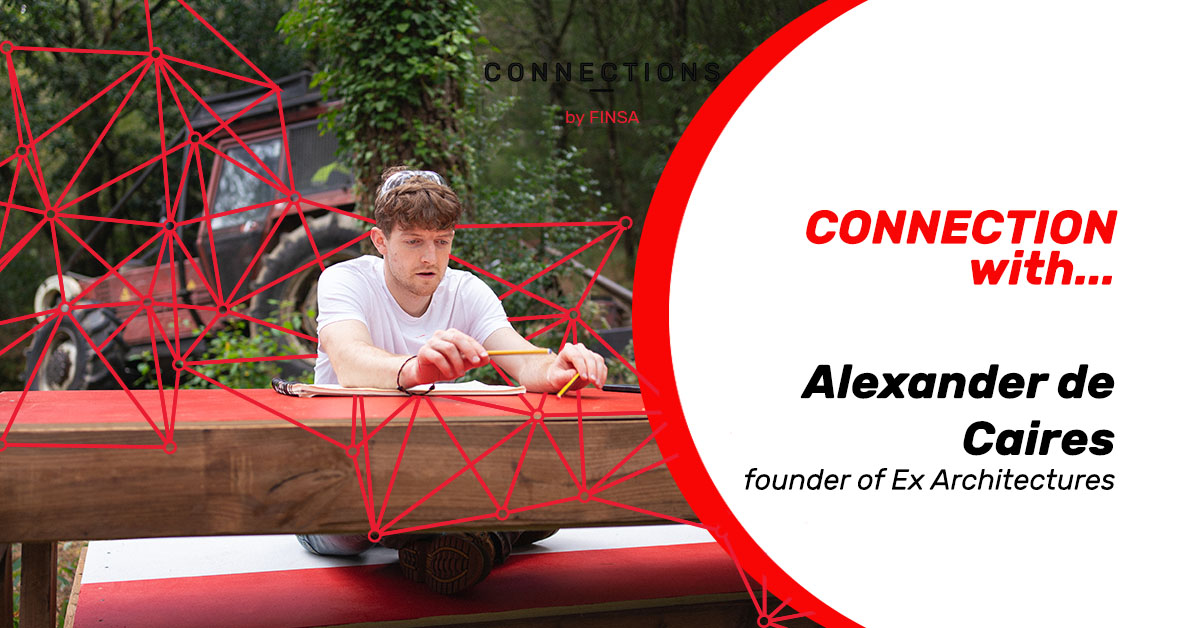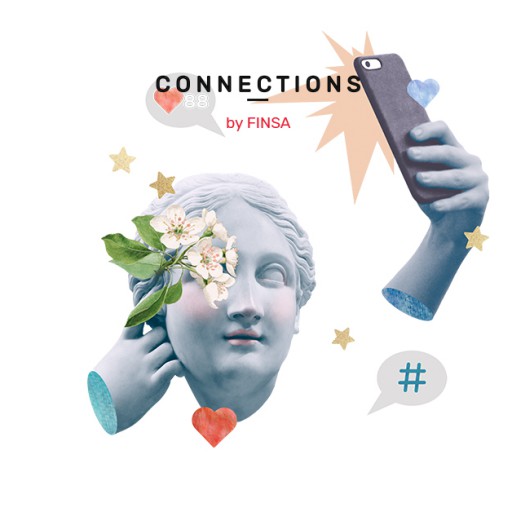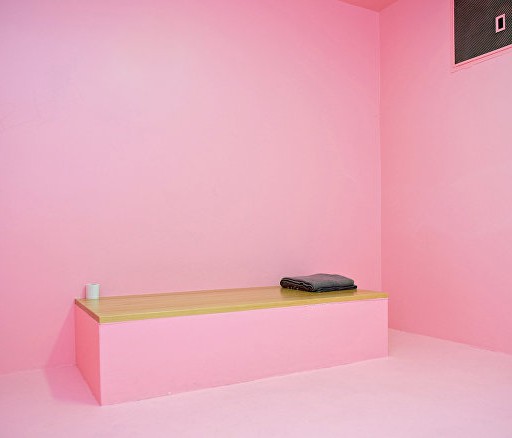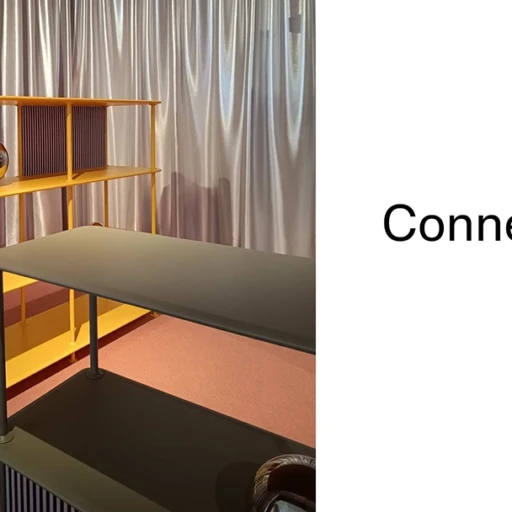Alexander de Caires describes his profession as designer, builder, and artist and, at the tender age of 26, he founded his own architecture studio, Ex Architectures, with the goal of combining all of these disciplines. He splits his time between London, the city he was born in in 1993, and Galicia, a place he fell in love with and where he has established a strong relationship with the timber industry. He is currently working on residential restorations in his hometown.

You founded Ex Architectures in 2019 in order to be able to combine architecture, art, and construction. How do these three discplines work together?
These three disciplines are connected in many ways, but I’m really interested in their relationship to the movement of bodies in space. Architecture mostly focuses on designing buildings in which bodies can move, construction is the movement of bodies to produce these spaces. Meanwhile, art, and specifically performance art, appreciates aspects of the body and presents it to an audience.
In a way, my work looks at the body between these frames. How can we move to create spaces to move in and how can that connection be explored and displayed?
Ver esta publicación en Instagram
Do new approaches to creation come about when we combine art and architecture?
Being conscious of the relationship between these disciplines helps to unlock new ways of thinking, exploring interrelated references and potentially reaching new audiences. For example, construction processes designed for spectators can produce new forms of building and attract those interested in construction to the arts and vice versa.
You’re developing new approaches to working in architecture. What exactly is improvised construction?
Improvisation exists on all construction sites. However, it is normally focused on the resolution of technical issues, challenges, or late decision making. For example, a detail may not function, something happens that had not been predicted or prepared for. My vision of improvisation in construction is focused on more carefully crafted decision making to happen in the moment of construction. Feeling or sensing what to create, using other factors or influences on site and in the moment, allowing them to influence what you will construct. In this way, it’s much more connected directly to the body creating and the site on which the action is taking place. Part of my work is about pairing the construction methods best suited to this way of thinking and constructing.
Ver esta publicación en Instagram
What’s your favourite material to work with?
When you are involved in the construction process as well as the design, you are much more conscious of the materials you are using, their weight, toxicity and the infrastructure needed to work with them. For me natural wood products suit factors as well as potentially being ethically and sustainably sourced. I currently focus on soft wood framing lumber, although in time I would be interested in using more locally sourced hardwood. I am particularly interested in the potential of working more with oak and chestnut.
Is it important that the timber that you use be sustainable and environmentally friendly?
Yes. Sustainability can be really challenging when sourcing materials. However, it is something I am conscious of, and I always do what I can to act and choose materials in a sustainable and ethical manner. In most cases, it just makes sense to use and surround yourself with nontoxic materials that are sustainably sourced [and that are] good for you, your body, and the environment.
How does an architect from London end up with part of his career being tied to Galicia?
I was first brought to Galicia by my partner, and I wanted to find a way to stay because there is a lot to love in Galicia. When I was at university in the Netherlands, I developed the way I’m working today as well as my passion for wood. There was parallel between my work and the timber industry in Galicia. So, I took part in an Erasmus for young Entrepreneurs Exchange, working with architecture practice in Coruña, while investigating the wood industry and exploring potential opportunities, which is what lead me to develop the idea for an artistic residency with Finsa.
As you just mentioned, you completed an artist residency in A Panda de Adá last year. What was that experience like and what did it mean for your work?
When I first reached out to Andi at WOW in O Porto about developing an artist residency, the plan was for it to take place in the city. Luckily, in the end, it was located in the forest in As Pontes and it became an example of some of the things that I mention previously. It is a mixed-use site, with productive woodland and native forest. I think people enjoyed visiting and the diversity of these environments are great opportunities for creativity. In a way, it helped me to explore the idea of mixed-use sites and how performance and architecture can happen there.

Is the exchange of ideas and international collaboration required for the advancement of and innovation with timber construction?
I think the exchange of ideas and collaboration is always beneficial for any and all industries. For me, I think the most interesting things come from cross-disciplinary activities. Finding ways that different people can come together and generate something different. Specifically in Galicia, I think there is a real opportunity for mixed-use productive woodlands.
What are you working on at the moment?
I’m currently back in London, working on private residential projects and small developments. The projects include a number of Victorian terrace renovations, in design and construction. They’re a classic of London architecture and a pleasure to adapt because of how they were originally built. I [also] want to continue creating interesting colorful design and build projects between London and Galicia.
Ver esta publicación en Instagram
Where do you get your inspiration from?
My current sources of inspiration are coming from performance theorists and idea. It’s an area that I have always found difficult to understand but I think these ideas could help me find more meaning in my work. So, my reading list is my source of inspiration at the moment, and it includes Erin Manning, Stefan Harvey, Fred Moten and Peggy Phelan.
Alexander de Caires participated in the most recent edition of A Panda de Adá. The second edition of this forest experience with an artist residency will be taking place on Finsa’s estate in As Pontes until August 13. You can learn more about the project here: https://apandadeada.gal/apandadeada/




